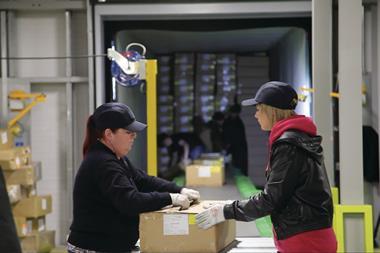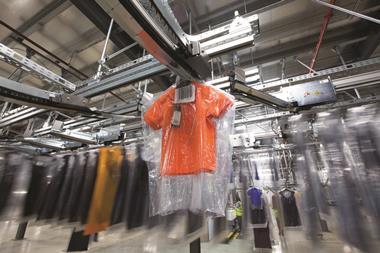As the high street faces its biggest downturn in modern times, what can retailers do to improve their operational performance?
No matter how bleak the consumer outlook may be, some retailers are not only weathering the storm but actually prospering on the high street.
Nick Neil-Boss, director in Ernst & Young’s operational transaction support team, believes there are six key operational factors successful retailers follow.
First, they tend to have simple, lean operating models, he says. They trim the number of SKUs to serve their customers and limit the number of formats and fascias.
Then there is store labour. “Retailers that manage their wage bill, but also look after their people, reap the benefits,” says Neil-Boss. By matching hours worked and pay rates to customer shopping patterns, retailers can cut costs. But motivated staff also maintain store standards and support sales, so it is important to incentivise them.
Overheads can also be controlled. Utility bills can be reduced by negotiation with suppliers and controlled through energy-saving technologies, for example.
Neil-Boss adds that retailers should monitor their distribution to get the right amount of product onto the shelves in a cost-effective way.
On capital expenditure, Neil-Boss says: “Align new store fit-out spend to the sales density to achieve a fast payback. [Successful] retailers also focus refurbishment spend only on areas that impact the customer.”
Finally, he points out that retail winners remember that online “isn’t a bolt on” and that integrating online and offline is imperative.


























No comments yet